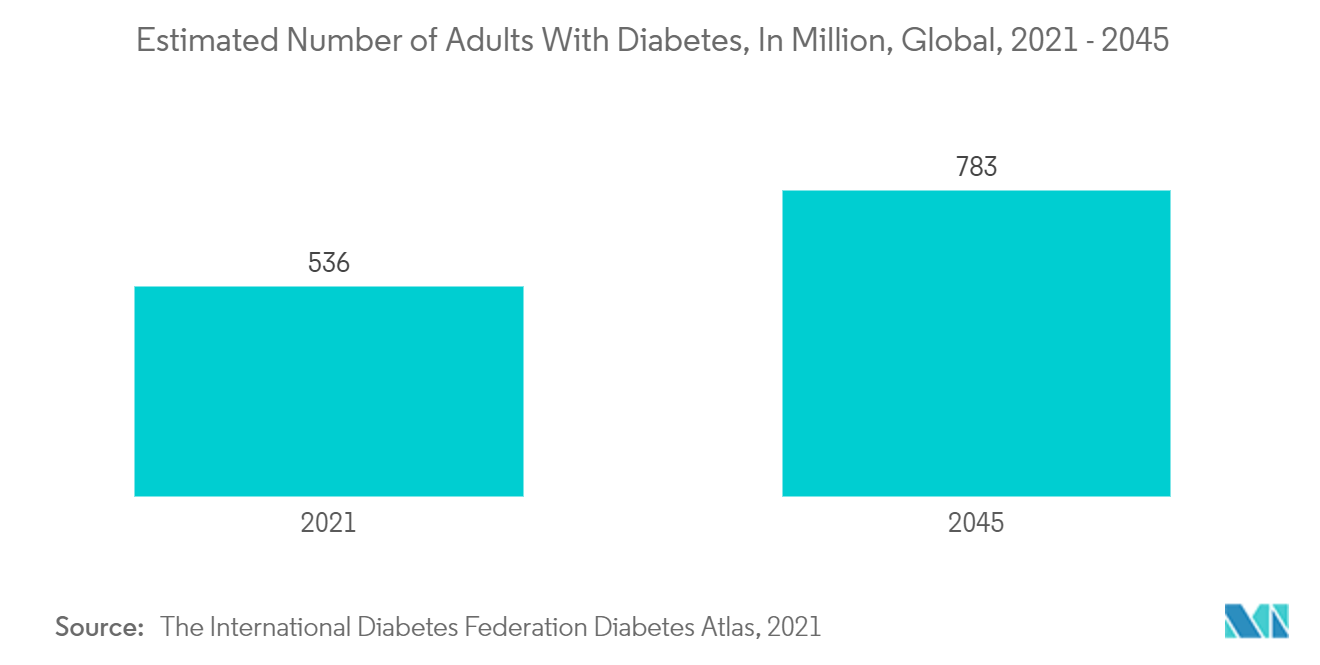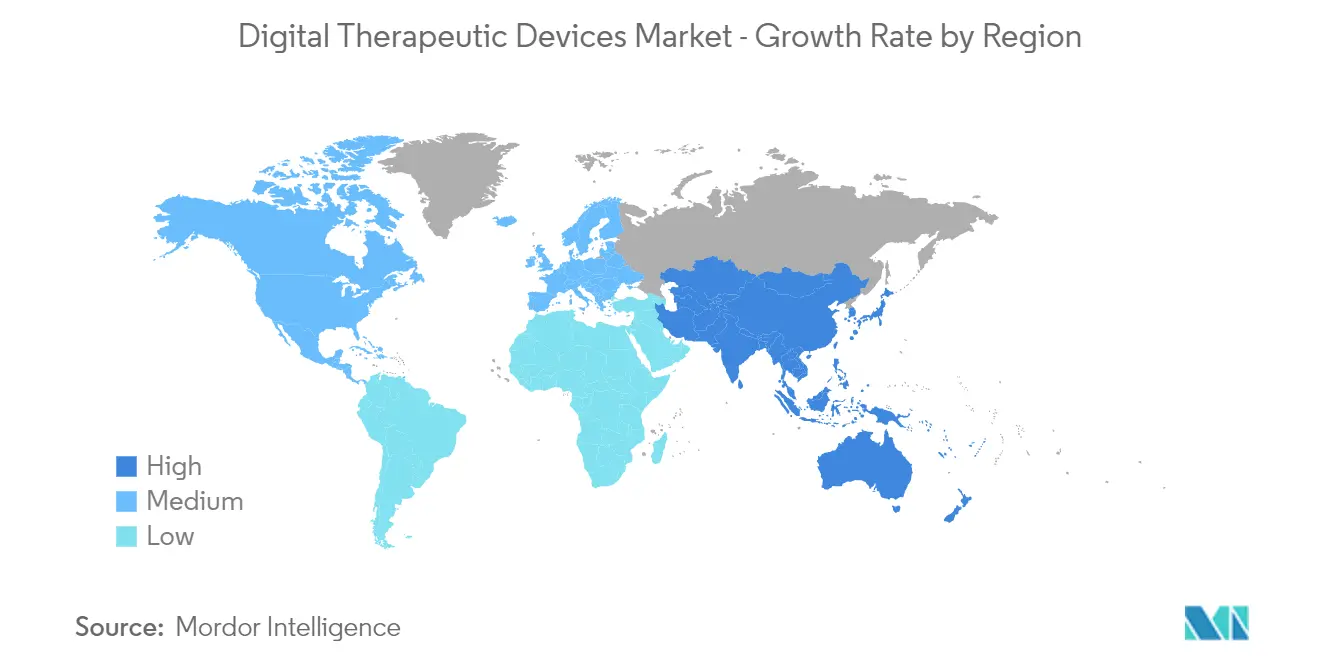Market Trends of Global Digital Therapeutic Devices Industry
This section covers the major market trends shaping the Digital Therapeutic Devices Market according to our research experts:
Treatment/Care Segment is Expected to Witness a High Growth Over the Forecast Period
During the pandemic, there has been a growing need for patients to take control of their own situation and respond in real-time, while their doctor still needs to monitor their case remotely. Therefore, digital therapeutic devices increased in demand. The outbreak of COVID-19 has increased patient reliability in digital applications to play an active and informed role in their health care. Digital treatment solutions have helped reunite patients with doctors. Therefore, it can be concluded that digital health tools prove to be very useful for patients with chronic illnesses and medical professionals.
One of the key factors contributing to the growth of this category is the partnerships by key market players. For instance, in January 2021, Hydrus 7 Lab signed a strategic partnership with European Digital Health company, Epillo. Such initiatives would increase market growth in the future.
The growing burden of chronic disorders increases the segment growth. according to the International Diabetes Federation (IDF), in 2021, approximately 536 million adults (between the ages of 20-79 years) were living with diabetes globally, and this will rise to 783 million by 2045. The proportion of people with type 2 diabetes is increasing in most countries, and 79% of adults with diabetes were living in low- and middle-income countries, where 1 in 5 people above the age of 65 years have diabetes. The proportion of people with type 2 diabetes is increasing in most countries, and 79% of adults with diabetes were living in low- and middle-income countries, where 1 in 5 people above the age of 65 years have diabetes.

North America is Expected to Dominate the Market During the Forecast Period
North America is expected to dominate the market, owing to the early adoption of new technologies and rising investment through funding in this region. The funding is associated with a rising investment from the government, venture capitalists, mergers, and acquisitions.
In April 2020, the United States Food and Drug Administration (US FDA) issued guidelines to increase the availability of digital medical devices for mental health. With this in mind, the FDA aimed to subsidize people who followed home segregation guidelines or practiced social isolation without needing a clinic visit during the COVID-19 public health emergency. This will also reduce the burden on health care facilities and reduce the risk of exposure to the virus. Such initiatives by the government boost the market growth in the region.
The acquisition is another factor in the growth of the market. For instance, in February 2021, Philips announced the acquisition of BioTelemetry, Inc., one of the leading United States-based providers of remote cardiac diagnostics and monitoring. Product approval is another factor in the growth of the market. For instance, in June 2020, MedRhythms, a Portland, Maine-based digital therapeutics company received Food and Drug Administration clearance for its patented digital therapeutic to treat chronic stroke walking deficits. These intiatives will increase the market growth in the futrue.
Furthermore, an increase in the geriatric population, a rise in incidences of chronic diseases, the surge in demand for wireless and portable systems, and the availability of a sophisticated reimbursement structure that aims to reduce expenditure are few more factors boosting regional growth. For instance, in January 2021, as per the National Center for Chronic Disease Prevention and Health Promotion, 6 in 10 adults in the United States have a chronic disease and 4 in 10 adults have two or more chronic diseases and these conditions are posing around USD 3.8 trillion of healthcare costs on the country's healthcare system every year. Hence, due to above mentioned factors the market is likely to grow in the future.


